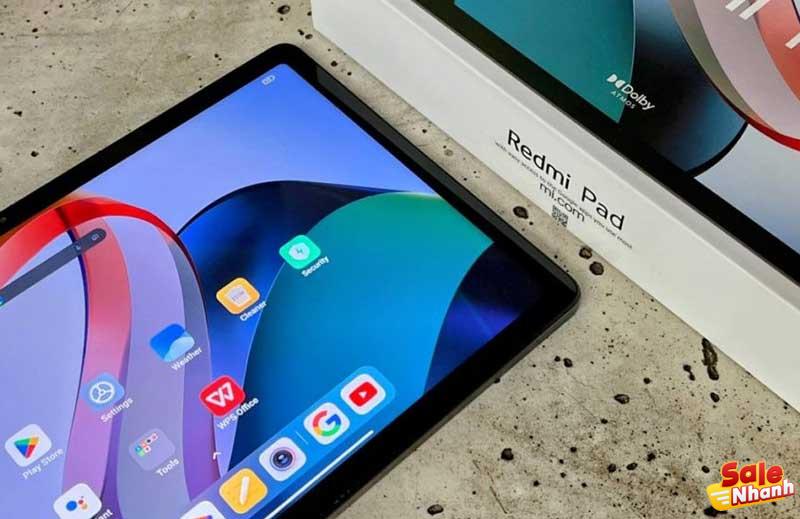After trying to introduce a high-end tablet that cost IDR 6 million last year, this time Xiaomi Indonesia will offer its second Android tablet. The size is more or less the same, the material is similar but the price is much more affordable. In a device called Redmi Pad.
As the latest tablet worth about million out of 4 million, Xiaomi Redmi Pad has quite attractive specifications. New chipsets are also on the rise in affordable gaming smartphones, high-end front camera features, powerful audio setups, large batteries, etc.
Indeed, specs on paper do not guarantee a device will deliver a satisfying experience. Is that so? Here is a review of Xiaomi Redmi Pad after a week of use.
Redmi Pad Specifications
| Chipset | MediaTek MT8781 Helio G99 (6nm) |
| CPU | Octa-core (2×2.2 GHz Cortex-A76 & 6×2.0 GHz Cortex-A55) |
| GPU | Mali-G57 MC2 |
| RAM (Memory) | 6GB |
| Warehouse | 128GB |
| External storage | – |
| Operating system | Android 12 |
| User interface | MIUI for Keyboard |
Xiaomi Redmi Pad Review Comments
Design
Throughout this year, quite a few smartphone manufacturers have joined hands to launch cheap Android tablet options with eye-catching designs. Not only does it look good, the material is of high quality. Among them is the Redmi Pad that carries a monolithic aluminum body material – feels premium and sturdy, although sometimes a bit slippery when sweaty hands.
The protrusion of the rear camera module is wide enough but not too distracting, while the sharp corners really don’t make it difficult to hold this tablet. Its weight is 465 grams, with a thickness of 7.1 mm, making the Redmi Pad a relatively thin and light 10-inch tablet.
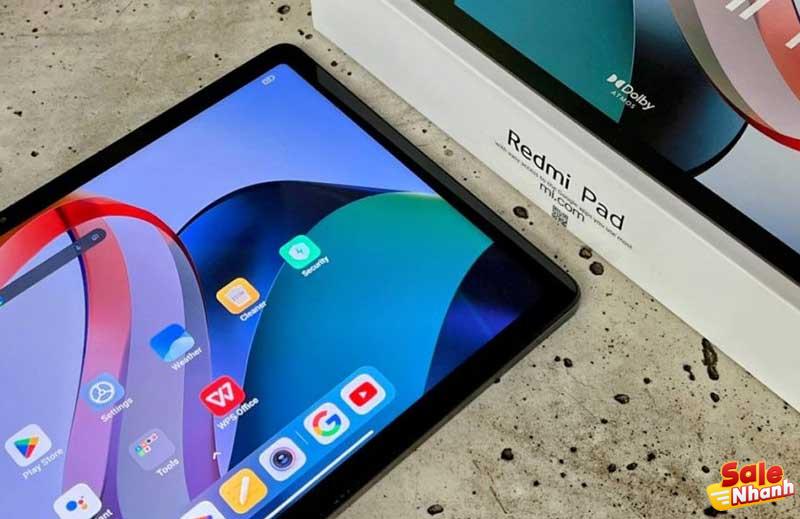
Unfortunately, Xiaomi does not provide official accessories such as the flip cover in the sales package or individually. Although it can be very useful both for protecting the device as well as using it at a certain angle. So friends of Gizmo have to look for accessories made by third parties.
Overall, the design of the Redmi Pad feels pretty solid and is something to be proud of—it doesn’t look like a 3 million Rp tablet. It would be even more interesting if it also had color options like Mint Green, for even more personalization.
Xiaomi Redmi Pad Screen
If yesterday’s competitors produced affordable tablets with smaller screens, Xiaomi introduced the Redmi Pad with a relatively standard size. Specifically 10.61 inches, with 2K resolution and IPS panels. The specifications are quite standard, the quality is quite satisfied.
There is a feature on the screen that can be considered an advantage, that is, the Redmi Pad screen has a refresh rate of up to 90Hz, making the movement of the content in it look smoother. It supports 1 billion colors, has a maximum brightness of 400 nits, and is TUV Rheinland plus SGS certified for eye protection. Score completed.
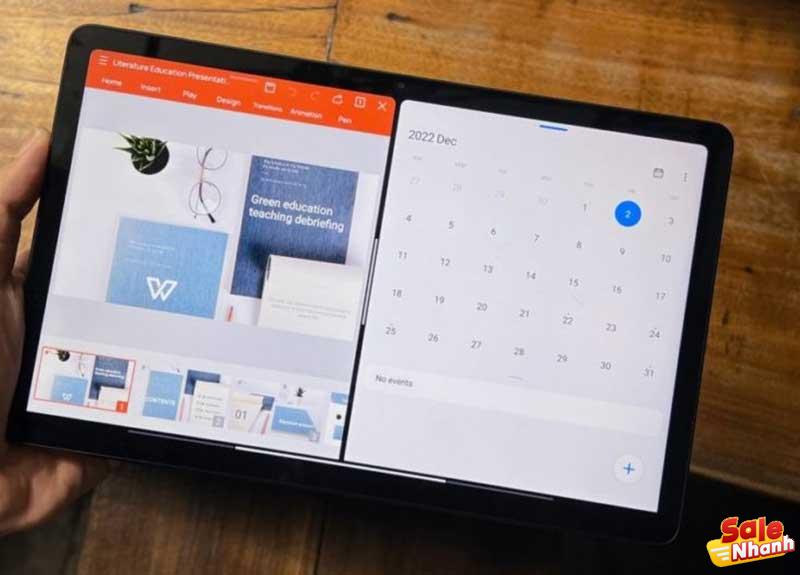
The four bezels are pretty standard too, they’re about the same size as the most affordable latest iPad models, so they can still be used to rest your fingers when held in one hand. Saturation is just right, convenient for watching from your favorite streaming platform, plus it’s convenient for split-screen, aka accessing two apps at once.
How about accuracy? By default, white levels tend to be bluish, aka bluish, but don’t worry as you can adjust the color temperature and saturation through the settings menu on the Redmi Pad. Streaming in high definition is also safe as it already has Widevine L1 certification.
Xiaomi Redmi Pad Features
Before testing the Redmi Pad, the Gizmology team did a brief review of the Xiaomi Pad 5, which happens to be a more premium product. Overall, the UI looks similar, running MIUI slightly customized for the big screen, based on Android 12. Overall, it’s still similar to a smartphone.
Why do we say “a little”? Because after being tested, there are many things that Xiaomi can still improve so that MIUI can take advantage of the large screen size of the Redmi Pad. In fact, this problem is quite common and can be found on other Android tablets—yes, except for Samsung tablets, which are already very mature because they have also released tablets since the beginning of Android 3.0 Honeycombs.
For me, as long as you can split the screen smoothly it’s fine. Well, the supporting features of Redmi Pad are quite interesting. Regarding the camera, both the front and back have 8MP resolution. The front camera of the Redmi Pad has a very wide 105-degree field of view, similar to the latest iPad, the latter will be integrated with an auto-frame feature to track automatic movements.
You can say it’s great because it’s usually only available on top-of-the-line tablets. Meanwhile, for the audio sector, quite top-notch. In addition to four quality speakers, it also supports Dolby Atmos sound effects, even Hi-Res Audio Wireless. As if taken down from its flagship tablet.
Xiaomi Redmi Pad Performance
Not using Unisoc or Snapdragon releases, Xiaomi instead designates the manufacturer MediaTek to power the Xiaomi Redmi Pad. One of their latest chips, which has pretty outstanding performance, is used, which is the Helio G99. Using a 6nm fabrication process, the highest 2.2GHz Cortex-A76 CPU and Mali-G57 MC2 GPU also excel for gaming.
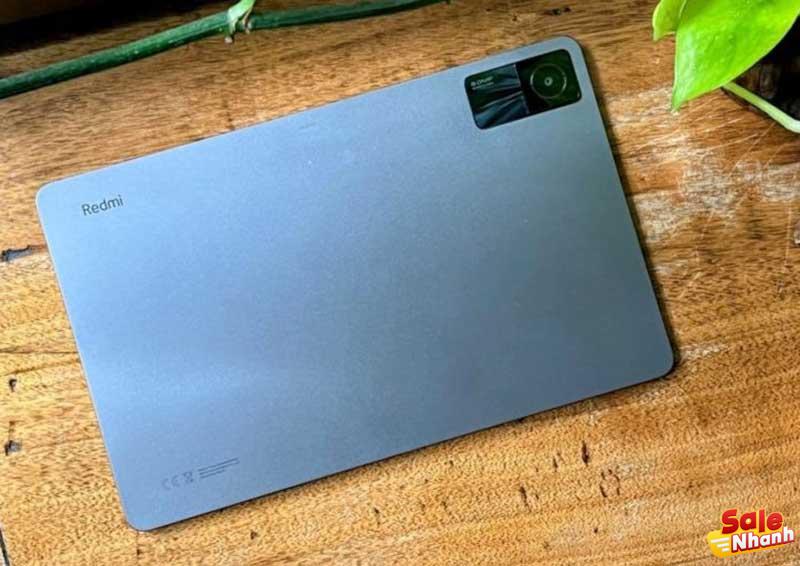
Daily performance is more than enough, accompanied by 6GB of RAM and 128GB of internal memory. In fact, the impression we got was better than that of the Xiaomi Pad 5, which at that time felt laggy even when accessing menus and Settings (although this is most likely due to immature software, huh).
Both when splitting the screen and running third apps through the floating window option, Redmi Pad can run them smoothly at 90Hz refresh rate. If Gizmo’s friends plan to use this tablet as their primary productivity device – paired with a keyboard and mouse, for example – then it looks like the Redmi Pad will be very capable.
The battery
Despite its relatively thin size with a weight of less than 500 grams, Xiaomi can still equip the Redmi Pad with an 8,000 mAh battery. Considering the relatively large numbers and combined with the power-efficient chipset, it’s certainly not surprising that this tablet can last quite a while.
For very light use, even up to three days. If you’re using it heavily, it could take up to 1.5 days, depending on how long the screen is on. With 18W fast charging support and a built-in 22.5W adapter, charging the Redmi Pad battery takes less than 2.5 hours. Relatively fast for very large battery sizes.
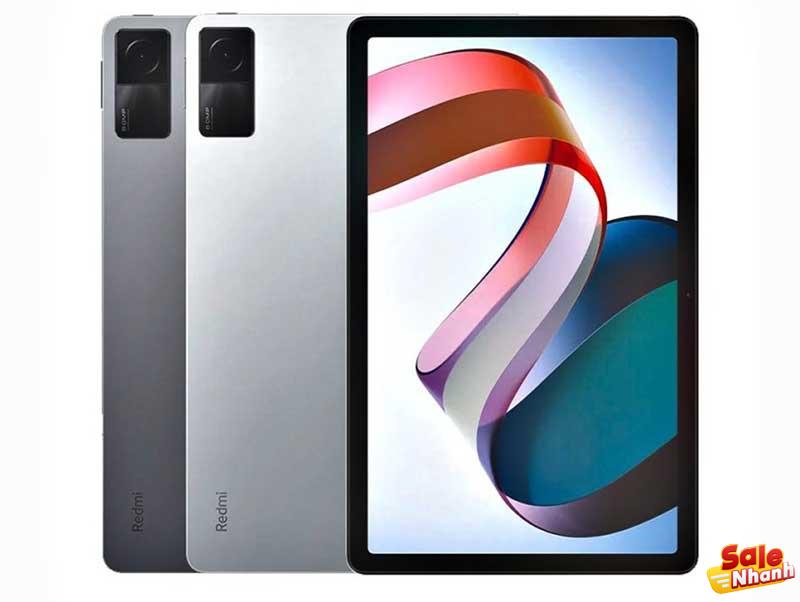
Conclusion about Xiaomi Redmi Pad
The shortcoming that we feel the most is the lack of software optimization to make it more useful for large screen devices. Well, in other words, Xiaomi is not alone in the “world” of Android tablets. There are still a number of other competitors that are going through the same thing.
But at least, the features brought are very good for the price. Some key features of the tablet such as quality screen and sound, virtual meeting support features such as the front camera, performance enough for multitasking are well done by Redmi Pad. It might be the best choice in its segment at the moment.
- Salenhanh – Product review blog
- Address: 115 Nguyen Van Qua, Tan Hung Thuan Ward, District 12, Ho Chi Minh City
- Website: https://salenhanh.com/en
- Mail: Salenhanh.com@gmail.com
- #salenhanh #Reviewsalenhanh
